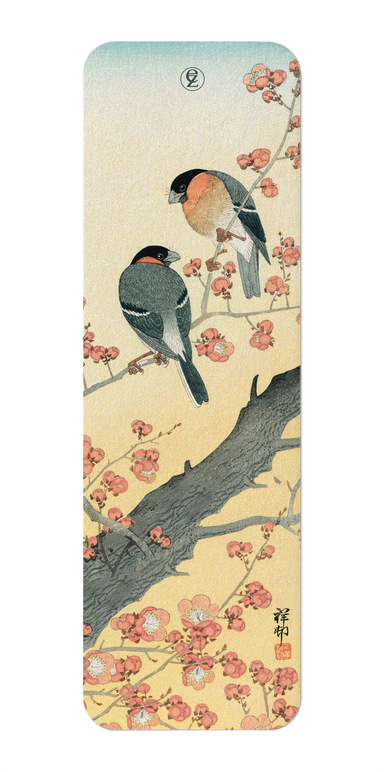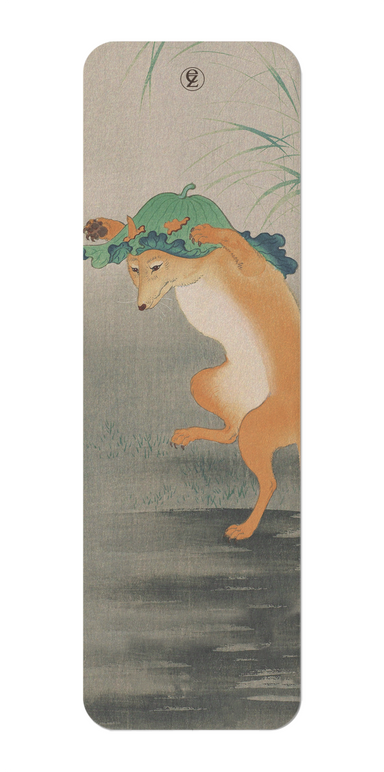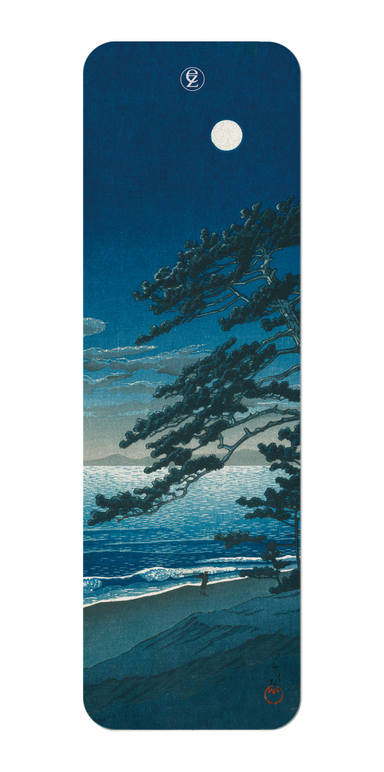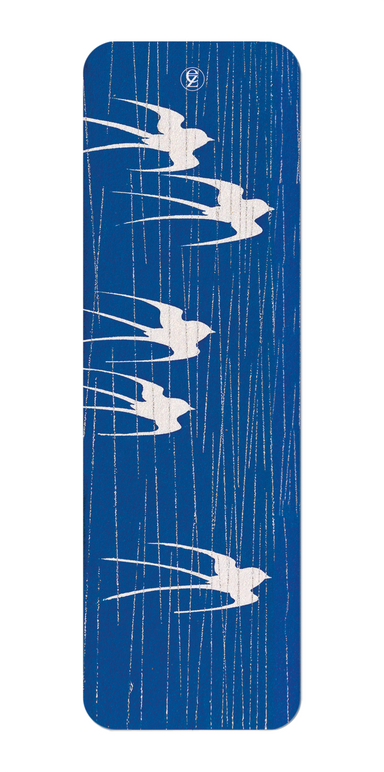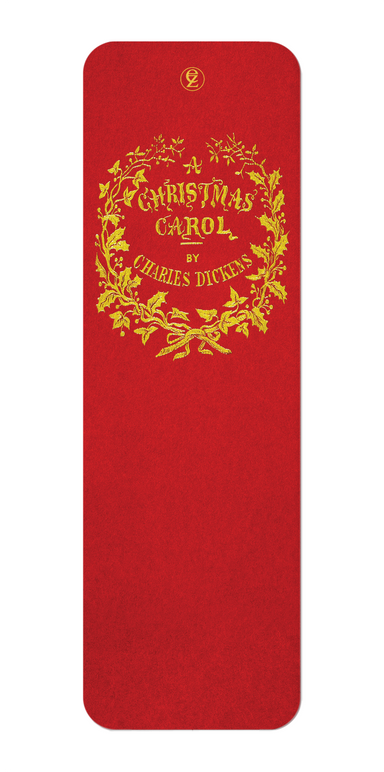Bookmark

BOOK READING EZEN FROG: Bookmark
Login to view pricing
Text on the reverse side: A contemporary book reading adaptation of a woodblock print by Matsumoto Hoji. The Japanese word for frog is “kaeru”, wh...
View full details















